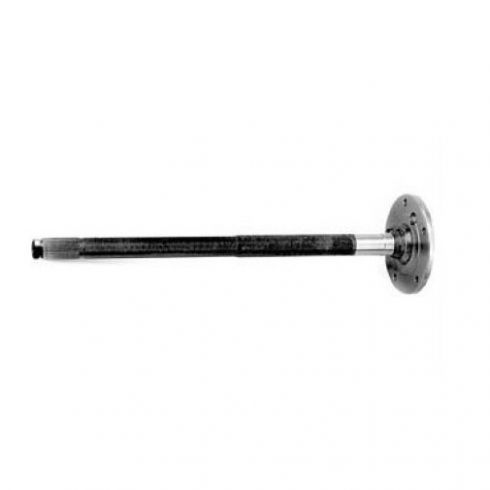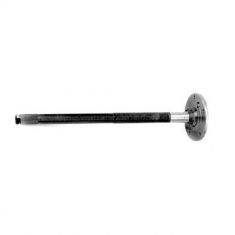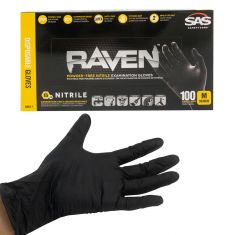1AAXS00028-Chevrolet GMC Cadillac Rear Axle Shaft Dorman OE Solutions 630-120

Replaces
2002 GMC Yukon XL 1500 Rear Driver Side Axle Shaft Dorman OE Solutions 630-120

Frequently bought together
Product Reviews
Loading reviews
There are no reviews for this item.
Customer Q&A
Is this front or rear?
March 29, 2018
10
Rear
March 29, 2018
B A
10
This listing is for a rear axle. Thank you!
March 29, 2018
Adam G
10
rear
March 29, 2018
Gaylen L
Does this come with wheel stuff and bushings and beart or just axle shaft only?
November 13, 2023
GMC is a registered trademark of General Motors Company. 1A Auto is not affiliated with or sponsored by GMC or General Motors Company.
See all trademarks.








